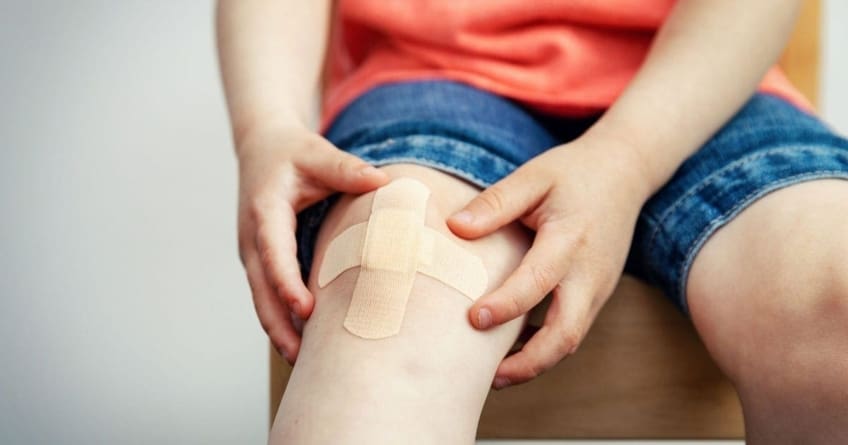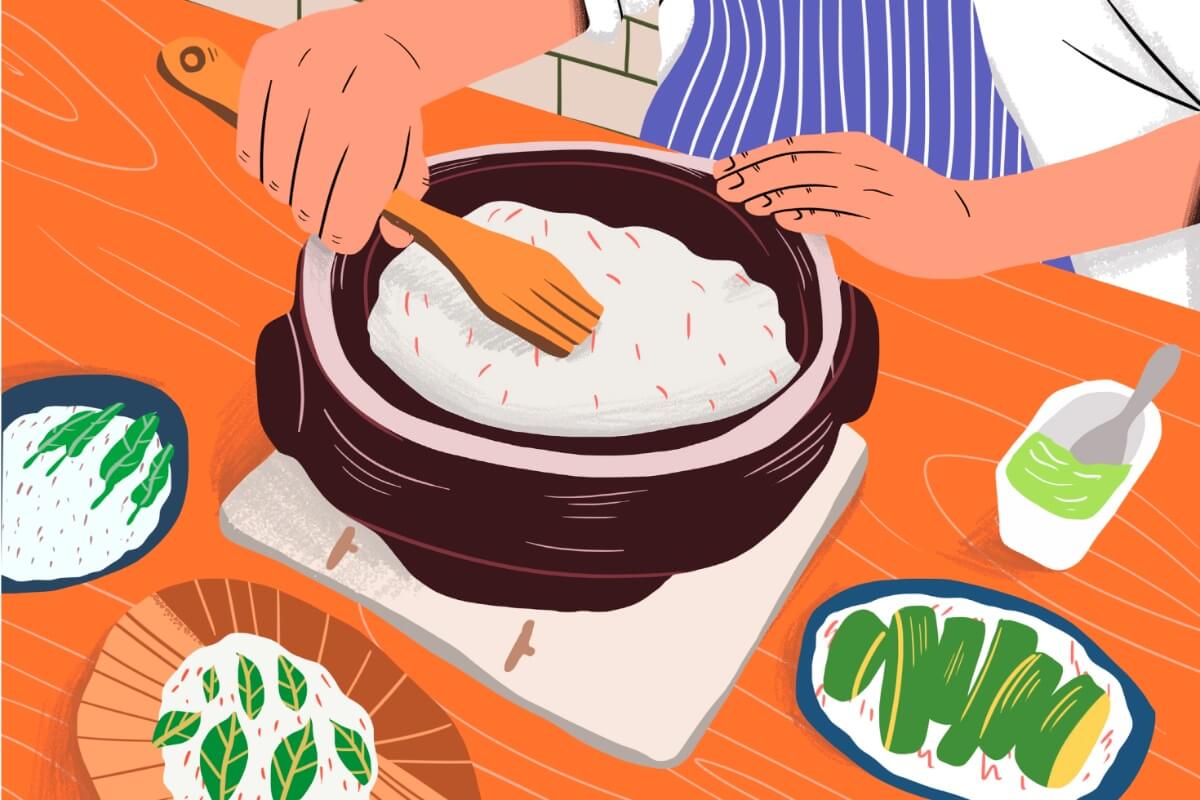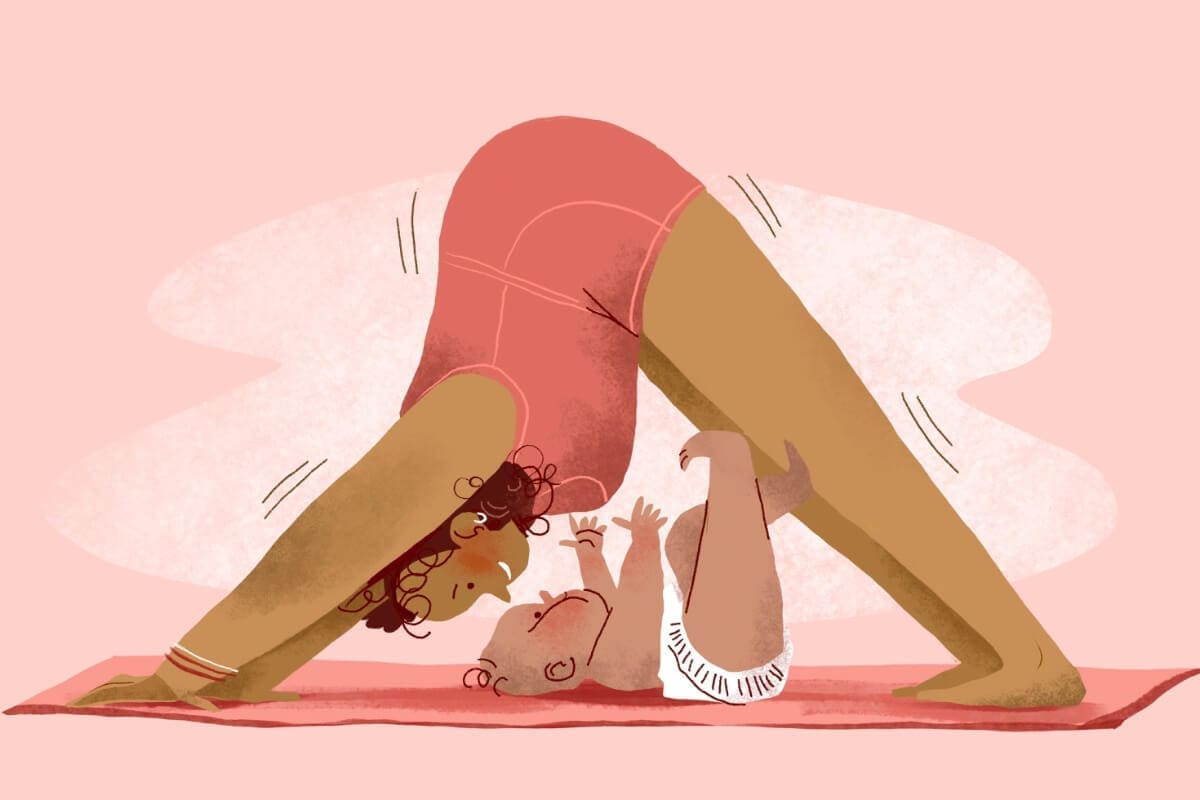
Home, sweet home. There’s no place like it. You may feel your most comfortable when you’re at home, but be aware there are dangers in your home, too. You may get a cut from a kitchen knife or other household tool. Perhaps you’ll burn your hand when taking something out of the oven or handling a hot pan on the stove. Most of the time, these common household injuries are minor. That means you can treat them at home without seeing your doctor. The items you need for these treatments can be found in a home first aid kit.
Path to Improved Health
Cuts and scratches
Cuts and scratches are common household wounds that may happen at any time—and for many reasons. But there’s no need to panic if you hurt yourself this way.
Wash your hands first. Before you even touch the wound, wash your hands thoroughly with soap and water. This will remove any dirt from your hands. You want clean hands so you don’t accidentally add dirt to the wound that may infect it later.
Stop the bleeding. If the wound is bleeding, you’ll need to stop the bleeding. Gently press material—such as a clean cloth or gauze—on the wound. Don’t press too hard as this can make the wound hurt more than it already does. Then, while keeping the wound covered, lift it above the level of your heart, if possible. This can help stop the bleeding. Maintain pressure for several minutes. Also, don’t lift the material often to see if the bleeding has stopped. Doing so may keep the wound bleeding for a longer time.
Clean the cut. Once the bleeding has stopped, you need to wash the wound. This may be painful but it’s a necessary step. Do this by holding the cut under running water. The water will help wash any dirt or debris out of the wound. After washing it, look at the wound. If you see debris still in it, try to gently remove the debris with tweezers that have been dipped in rubbing alcohol. (Note: You shouldn’t use hydrogen peroxide to clean the wound.) Once the wound is clean, gently wash the surrounding skin with soap and water. Lightly press the area with a clean cloth, such as a towel, to dry the entire area.
Apply protection. Apply a thin layer of antibiotic ointment (one brand name: Neosporin) or petroleum jelly (one brand name: Vaseline) to the wound. This will help keep the wound clean, keep infection at bay, and perhaps lessen scarring. Then cover the wound for protection. Use a bandage or gauze with an elastic bandage. This cover is sometimes called a dressing. Every day, you need to reapply the ointment or petroleum jelly and change the dressing.
Watch for infection. When you change the dressing, look for signs of infection in the wound. Symptoms include swelling, redness, and more pain than when the wound happened. As time goes by, your wound will develop a scab. That’s the natural way it protects itself. Once a scab develops, you don’t need to cover it with any type of dressing. And avoid the temptation to pick at the scab.
Household burns
Even if you’re being careful, you may burn yourself on something at home. You may bump your hand against the oven rack when removing dinner. Or maybe hot grease will splatter on you while cooking. While painful, these types of burns can often be treated quickly and easily with these steps.
Cool it down. Naturally, a burn will be hot. You need to cool it down. Right after getting burned, hold the burn under cool, running water. You also can soak the burn in a bowl of cool, but not iced, water. Depending on the size of the burn and how much it hurts, you may need to keep it under water for between 5 and 30 minutes. Keeping the burn under cool water will also help reduce the swelling that may occur. If the burn is on your finger, remove any rings as soon as possible before swelling starts.
Treat the burn. After soaking your burn, gently pat the area with a clean, soft cloth to dry it. Don’t press hard as the burn will likely be painful. Then apply a thin layer of antibiotic ointment (one brand name: Neosporin) or petroleum jelly (one brand name: Vaseline) to the burn. These will help keep the burn from becoming infected. You also can apply aloe vera gel to help keep the burn cool.
Protect it. Once the burn is treated, use a sterile bandage or gauze to cover it. Covering it will help the treatment stay in place as well as keep the burn protected from infection. Make sure the bandage is tight enough to stay in place but not so tight that it presses on the burn. Change the bandage every day.
Treat the pain. Burns are often painful. You can help relieve some of that pain by taking over-the-counter medicines. Ibuprofen (one name brand: Advil), acetaminophen (one brand name: Tylenol), or naproxen (one brand name: Aleve) may help. These medicines can also reduce the swelling a burn will cause. Note: Don’t give these medicines to children under 12 years old without asking your doctor’s advice.
Leave the blisters alone. As burns heal, sometimes they develop blisters with fluid inside them. You may be tempted to open the blister to let the fluid out. But don’t do that. The blisters actually protect the burn from infection. If a blister breaks on its own, clean it by holding it under cool, running water. Once dry, put an antibiotic ointment on it and cover it with a bandage to keep it safe and help avoid infection.
Things to Consider
In some instances you’ll need to see your doctor to treat a wound. Examples include if the wound won’t stop bleeding, if you can see muscle and fat through the wound, if you can’t get all the dirt and debris out of it, or if it was caused by an animal bite. In all these cases, you need to call your doctor right away.
Some household burns need the attention of your doctor, too. These types of burns usually cover more than 3 inches of skin and are more severe than minor burns. Some examples of these burns include those from boiling water, putting your hand on a hot stovetop, or from a large flare-up from your outdoor grill.
Some wounds and burns may require a tetanus booster shot. If your wound is large, deep, or was caused by something rusty, check your vaccination record to see when you last had a tetanus shot. Also check your vaccination record if you have a burn that develops a blister. If it’s been more than 5 years since your last tetanus shot, contact your doctor to get a booster shot.
![]()
Copyright © American Academy of Family Physicians
This information provides a general overview and may not apply to everyone. Talk to your family doctor to find out if this information applies to you and to get more information on this subject.











